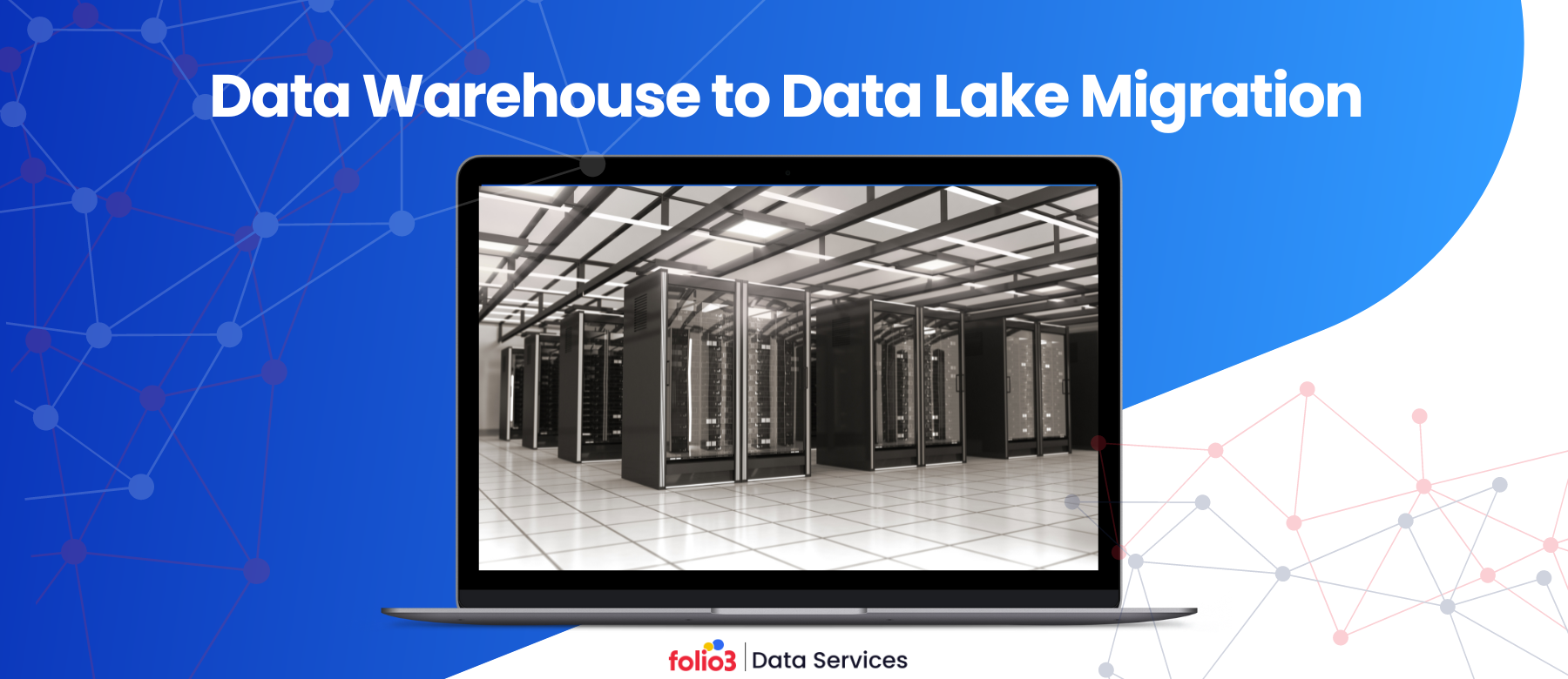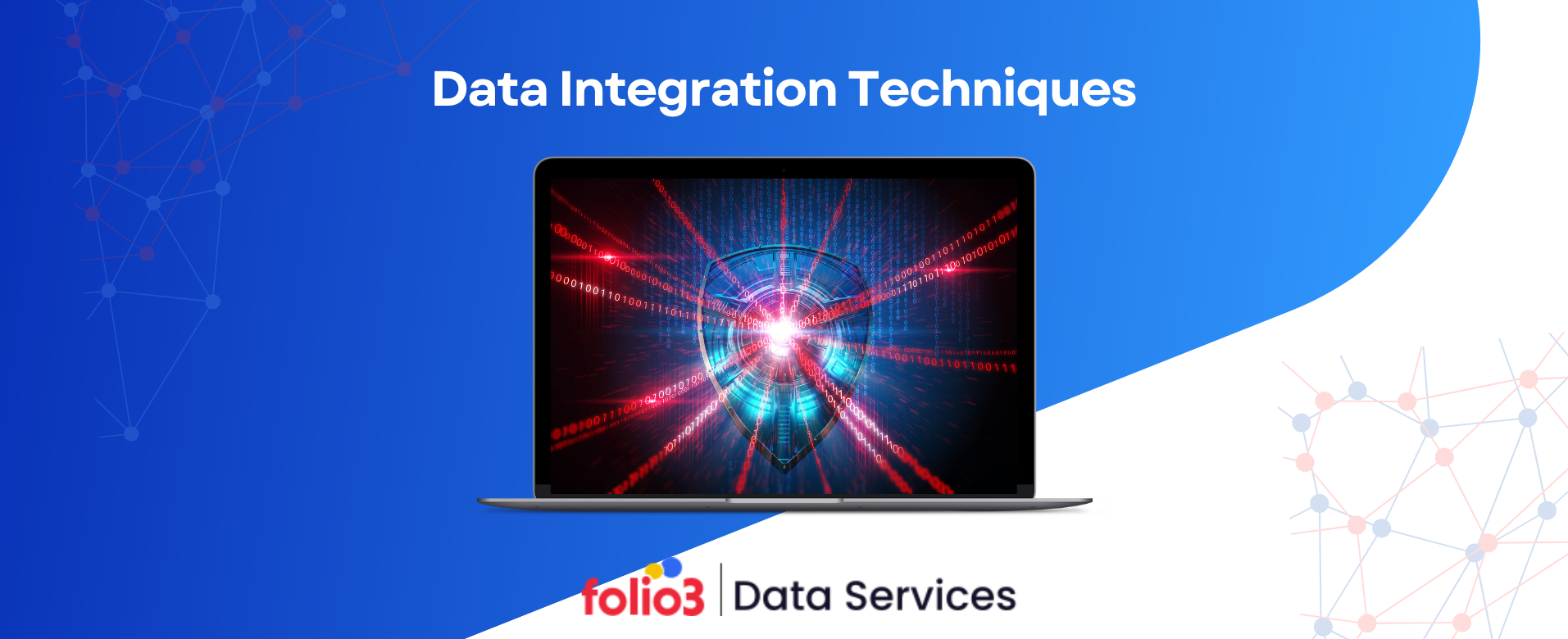Snowflake is a revolutionary cloud-based data warehousing solution transforming how businesses manage and analyze their data. Unlike traditional on-premises systems, Snowflake offers a unique, scalable, and efficient architecture, making it a preferred choice for modern data-driven enterprises.
This blog explores Snowflake’s architecture, core components, advantages, and how it stands apart from other data warehousing solutions.
Once you understand Snowflake’s architecture, you will know why it’s considered a game-changer in data management.
What is Snowflake’s Architecture?
Snowflake’s architecture is built for the cloud, offering a modern and scalable solution that contrasts traditional on-premises data warehousing systems. Snowflake architecture solutions have reshaped how businesses store, access, and analyze data with unprecedented flexibility.
Let’s get an overview of Snowflake’s innovative design, highlighting its cloud-native nature and the separation of storage and compute resources, which are key to its flexibility and performance. Understanding Snowflake infrastructure is crucial to recognize how it operates on leading cloud platforms like AWS, Azure, and Google Cloud, which enhances its adaptability for various business needs.
Cloud-Native Design
Snowflake’s architecture is entirely cloud-native, designed to leverage the full power of cloud computing. Unlike traditional data warehouses that require significant hardware investments and maintenance, Snowflake’s data integration capabilities allow data from disparate sources to be unified, creating a cohesive data environment. Snowflake operates on a fully managed infrastructure provided by major cloud platforms such as AWS, Azure, and Google Cloud.
This cloud-native approach eliminates the need for businesses to worry about infrastructure management, enabling them to focus on data analysis and decision-making. Users interested in how Snowflake stores data internally will find its use of micro-partitions and columnar storage format enhances query performance by accessing only relevant data, reducing processing time and resource consumption.
Decoupled Storage and Compute
One critical differentiator of Snowflake’s architecture is decoupling storage and compute resources. This separation allows users to scale storage and compute independently, offering unparalleled flexibility and efficiency. Modern data architecture principles are at the heart of this approach, ensuring that Snowflake can meet complex, evolving data needs without compromising performance.
Whether you need to expand storage to handle more data or scale compute power for faster query processing, Snowflake enables you to do so without impacting the other resources. This architectural design is crucial for optimizing costs and ensuring high performance, regardless of workload. For those involved in data lake strategy, understanding these features is essential for effective management and optimization.
Unify your data seamlessly with Snowflake’s scalable architecture.
Contact us for expert Snowflake Consulting!
Detailed Components of Snowflake Architecture
Snowflake’s architecture is a multi-layered system designed to handle large volumes of data efficiently while ensuring high performance, scalability, and security. This section delves into the key components of Snowflake’s architecture, including its data storage, query processing, and cloud services layers.
1. Data Storage Layer
How Snowflake Stores Data?
Snowflake utilizes a unique approach to data storage, employing micro-partitions to organize data. These micro-partitions are small, immutable files that store data in a columnar format, which Snowflake managed services continuously optimize, ensuring data management without manual intervention.
The columnar storage format significantly enhances query performance by allowing the system to access only the relevant columns needed for a query rather than scanning entire rows of data. This not only speeds up query execution but also reduces the amount of data that needs to be processed.
Data Compression and Encryption
To further optimize storage and ensure data security, Snowflake’s features include advanced data compression techniques that reduce the overall storage footprint. Data is automatically compressed when stored and decompressed when accessed, enabling efficient storage management.
Additionally, Snowflake encrypts all data at rest and in transit using strong encryption standards, ensuring that data remains secure and compliant with industry regulations.
Automatic Clustering
Snowflake’s architecture includes an automatic clustering feature, which continuously manages and optimizes data storage without manual intervention.
Snowflake automatically reorganizes the micro-partitions to maintain optimal query performance as data is inserted, updated, or deleted. This feature eliminates manual indexing or partitioning, reducing users’ administrative burden.
2. Query Processing Layer
Virtual Warehouses
At the core of Snowflake’s query processing layer are virtual warehouses, independent compute clusters that execute queries and other data operations.
Virtual warehouses can be scaled up or down based on workload demands, providing the necessary computing power to efficiently handle complex queries and large datasets. Each virtual warehouse operates independently, ensuring that workloads do not interfere with each other, thereby maximizing resource utilization.
Query Optimization
Snowflake employs several query optimization techniques to ensure high-performance query execution. These include cost-based optimization, automatic query rewriting, and advanced execution plans fully utilizing the underlying hardware.
Snowflake’s architecture optimizes queries dynamically, adjusting execution strategies based on the current state of the data and available resources.
Concurrency and Scaling
One of the standout features of Snowflake’s architecture is its ability to handle concurrent queries and scale compute resources automatically.
Virtual warehouses can scale horizontally by adding more nodes to distribute the load or vertically by increasing the size of existing nodes. This ensures that multiple users can run queries simultaneously without experiencing performance degradation.
3. Cloud Services Layer
Metadata Management
Metadata plays a crucial role in Snowflake’s architecture, storing information about the data and its structure. Snowflake manages metadata centrally within the cloud services layer, providing fast and efficient access to this information during query execution. This centralized metadata management contributes to Snowflake’s high performance and ease of use.
Security and Authentication
Snowflake’s security architecture is robust, featuring multi-factor authentication (MFA), role-based access control (RBAC), and comprehensive auditing capabilities. Snowflake’s cloud services layer manages these security features, ensuring that data is protected from unauthorized access and that users’ actions are fully traceable.
Transaction Management
Snowflake is fully ACID-compliant, guaranteeing transactions’ atomicity, consistency, isolation, and durability. This is critical for maintaining data integrity, mainly when multiple users perform concurrent operations. Snowflake’s transaction management is designed to handle these operations seamlessly, ensuring that data remains consistent and reliable.
Data Sharing and Data Exchange
Snowflake’s architecture includes powerful data-sharing capabilities, allowing organizations to share live data securely and instantly with other Snowflake accounts. This feature, known as Snowflake Data Sharing, facilitates collaboration and data exchange without data replication or movement. The cloud services layer handles this sharing, making it easy to set up and manage.
Key Architectural Advantages of Snowflake
Snowflake’s architecture offers several significant advantages, making it a preferred choice for modern data warehousing. Below are the advantages as of why Snowflake stands out in the competitive for cloud data warehousing solutions:
Scalability and Elasticity
Snowflake’s architecture is built for scalability, allowing businesses to scale storage and compute resources independently and elastically. As data volumes grow or analytical demands increase, Snowflake can scale to meet these needs without requiring downtime or significant reconfiguration.
Cost Efficiency
Another advantage of Snowflake’s architecture is its pay-as-you-go pricing model. Users only pay for the resources they consume, whether storage, computing, or data transfer. This model ensures businesses can manage costs effectively, paying for only what they need and scaling resources based on actual usage. Effective Snowflake cost optimization is a crucial aspect of leveraging this model to its fullest.
Performance and Speed
Snowflake is designed for high performance. Features like automatic query optimization, virtual warehouses, and efficient data storage mechanisms contribute to fast query processing and low-latency data access, making Snowflake a powerful solution for real-time analytics and large-scale data processing.
Security and Compliance
Snowflake’s architecture incorporates strong security measures, including encryption, access control, and comprehensive auditing, ensuring that data remains secure and compliant with industry standards such as GDPR, HIPAA, and SOC 2.
Comparing Snowflake Architecture with Traditional Data Warehousing
Snowflake’s cloud-native architecture significantly departs from traditional on-premises data warehousing solutions. Let’s compare the key differences between Snowflake and traditional data warehousing, focusing on scalability, resource management, and overall efficiency:
On-Premises vs. Cloud-Based
Traditional on-premises data warehouses require significant hardware investments, ongoing maintenance, and manual scaling, making them less flexible and more costly. In contrast, Snowflake’s cloud-based architecture offers the benefits of automatic scaling, managed infrastructure, and cost efficiency without needing on-premises hardware.
Data Warehousing vs. Data Lakes
Snowflake’s architecture allows it to function as a traditional data warehouse and as part of a broader data management strategy, including data warehouse to data lake migration. Its integration with various data sources and cloud services enables businesses to use Snowflake as a central platform for structured and unstructured data.
Competitor Comparisons
Compared to other cloud data warehousing solutions like Amazon Redshift, Google BigQuery, and Microsoft Azure Synapse, the debate of Snowflake vs. Google BigQuery often highlights Snowflake’s unique features, such as independent scaling of storage and compute, automatic clustering, and seamless data sharing capabilities. These features make Snowflake a versatile and powerful choice for various data management needs.
FAQs
What Makes Snowflake Different from Other Data Warehouses?
Snowflake’s architecture is unique in its decoupling of storage and computing, automatic scaling, and robust security features, setting it apart from traditional and cloud-based data warehouses.
How Does Snowflake Handle Data Security?
Snowflake employs strong encryption, multi-factor authentication, and role-based access control to protect data and comply with industry standards such as GDPR and HIPAA.
Can Snowflake be Used with Existing Data Lakes?
Snowflake can integrate with existing data lakes, allowing businesses to combine structured and unstructured data for comprehensive analytics.
How Does Snowflake Scale with Growing Data Needs?
Snowflake’s architecture allows for independent scaling of storage and compute resources, ensuring businesses can handle growing data volumes and increased analytical demands without compromising performance.
Conclusion
Snowflake’s architecture is sophisticated and robust, catering to the needs of modern businesses.
Its cloud-native approach, combined with features like decoupled storage and computing, automatic scaling, and robust security, makes it an ideal solution for companies looking to optimize their data management and analytics. For a more tailored approach to leveraging Snowflake’s features, consider Snowflake consulting services.
To better understand how Snowflake architecture works and benefits your business, you can partner with Folio3 Cloud and Data Services to maximize its full potential, drive insights, and confidently make data-driven decisions.



